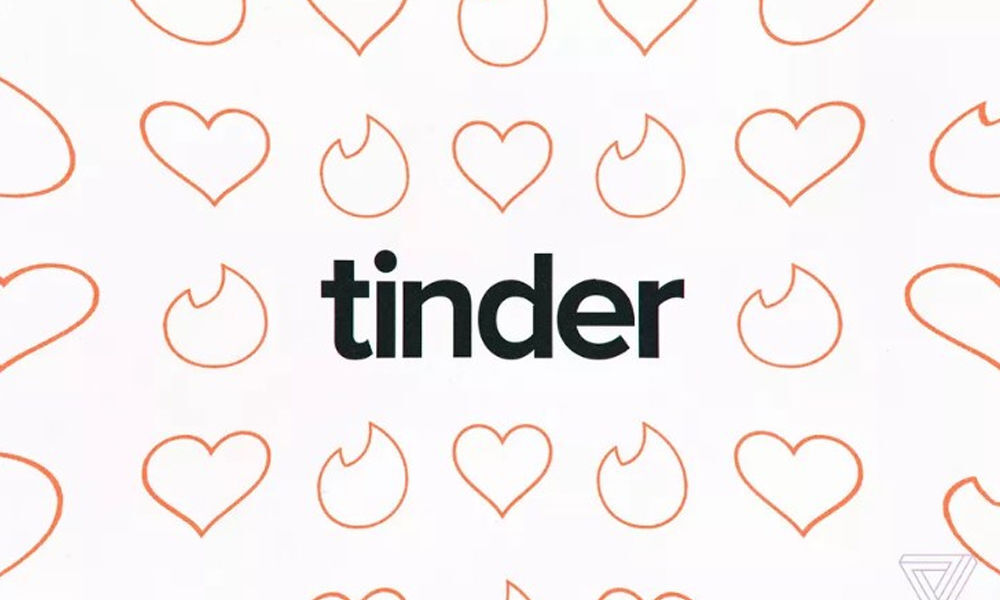Live
- Second phase randomization of EVMs is complete
- BJP confusing Matua voters though CAA notification: Mamata Banerjee
- IPL 2024: LSG might have to play the rest of the event without Mayank Yadav, says coach Justin Langer
- Two killed after colliding with a parked lorry
- PCB identifies the April 7- May 20 window for PSL 2025; to clash with IPL’s next season
- Viksit Bharat Ambassador event: Sri Sri Ravi Shankar heaps praise on PM Modi for Kashi facelift
- Women’s Hockey League: Haryana, Madhya Pradesh win on Day 5
- Indian Americans caution US university on demand to display 'flag of Kashmir'
- YS Sharmila worried over 'mental state' of brother Jagan
- PM Modi prays at Kanpur gurdwara along with CM Yogi
Just In
Tinder says it no more uses a 'desirability' score to rank people


1.Tinder wants to set the record straight about how its platform ranks and shows people potential matches. 2.The idea behind the Elo score was that Tinder would rank people based on attractiveness. 3.Tinder, unlike other apps, only requires users to input their age, distance, and gender preferences.
Today Tinder published a blog post on the subject - how its platform ranks and shows people potential matches, it wants to set the record straight about. But it still kept things fairly vague. A few years ago, according to the blog post, the company's Elo score was a "hot topic", but the ranking feature has now been depreciated.
The thought behind the Elo score was that Tinder would rank people based on attractiveness. Elo scores are used to rank chess players also. But in the context of Tinder, the more people like a person's profile by swiping right, the higher their assigned score goes up. Their card would then be served to other people with a similar score, thus keeping the most desirable people interacting with one another.
On Tinder, where profiles are comparatively limited in scope, a person's looks more often to find a desirable match, so people considered that these scores kept hot people engaged and left undesirable people to stumble with a low ranking.
TINDER GREW OUT OF THE ELO SCORE
Unlike other apps, Tinder needs users to fill up their age, distance, and gender preferences. It doesn't consider compatibility score, like sister company OkCupid, or suggest filters based on ethnicity, height or religion like its other competitors.
The company says, "Our algorithm is designed to be open, today, we don't rely on Elo — though it is still important to consider both parties who Like profiles to form a match."
Tinder says, it adjusts potential matches a user sees every time someone acts on his or her profile. Within 24 hours of action being taken the firm reorders this user's possible match profiles. That's as real as Tinder gets in its blog post, but it sounds more like Tinder is relying on something similar to the Gale-Shapley algorithm, or the algorithm Hinge has said it uses. This algorithm categorizes patterns around likes. If I like one guy, and so does another woman on the platform, she and I might have a similar taste. If she's liked someone on the platform that I haven't seen yet, Tinder could show me that profile in the hopes that I might also like it.
THE ALGORITHM IS NOT YET EXPLAINED
Tinder is also the greatest moneymaker for Match Groups; it provides users with the option to fully skip over any of these algorithm rankings with an in-app purchase. That can be in the form of a Super Like, which automatically moves a card toward the top of a person's profile stack (and visually shows him or her that they've been Super Liked), or a profile boost, which brings a profile closer to the top of many other users' profile stacks for 30 minutes.
Tinder feels like a free-for-all app, where truly everyone exists, but as the platform grows, it needs to order profiles in a somewhat personalized way, or else finding a match would be impossible. While Elo scores worried many users, it made hot people's experiences better, and if they swiped until the bottom of Tinder, they likely would have seen people with lower scores. Tinder, and all other dating apps, needs to create matches and dates for people to stay connected, so it has a motivation to show people they might actually prefer to date.

© 2024 Hyderabad Media House Limited/The Hans India. All rights reserved. Powered by hocalwire.com






